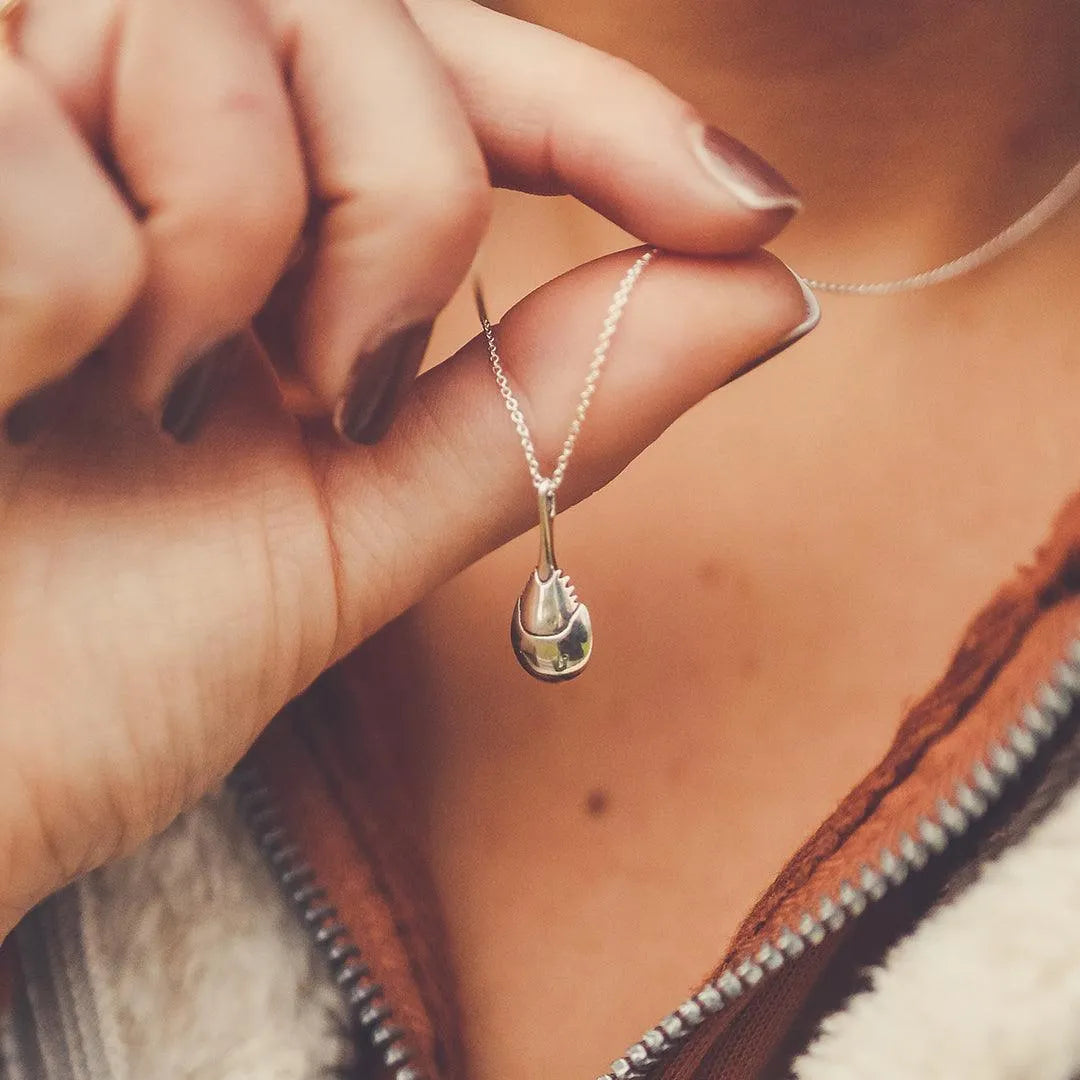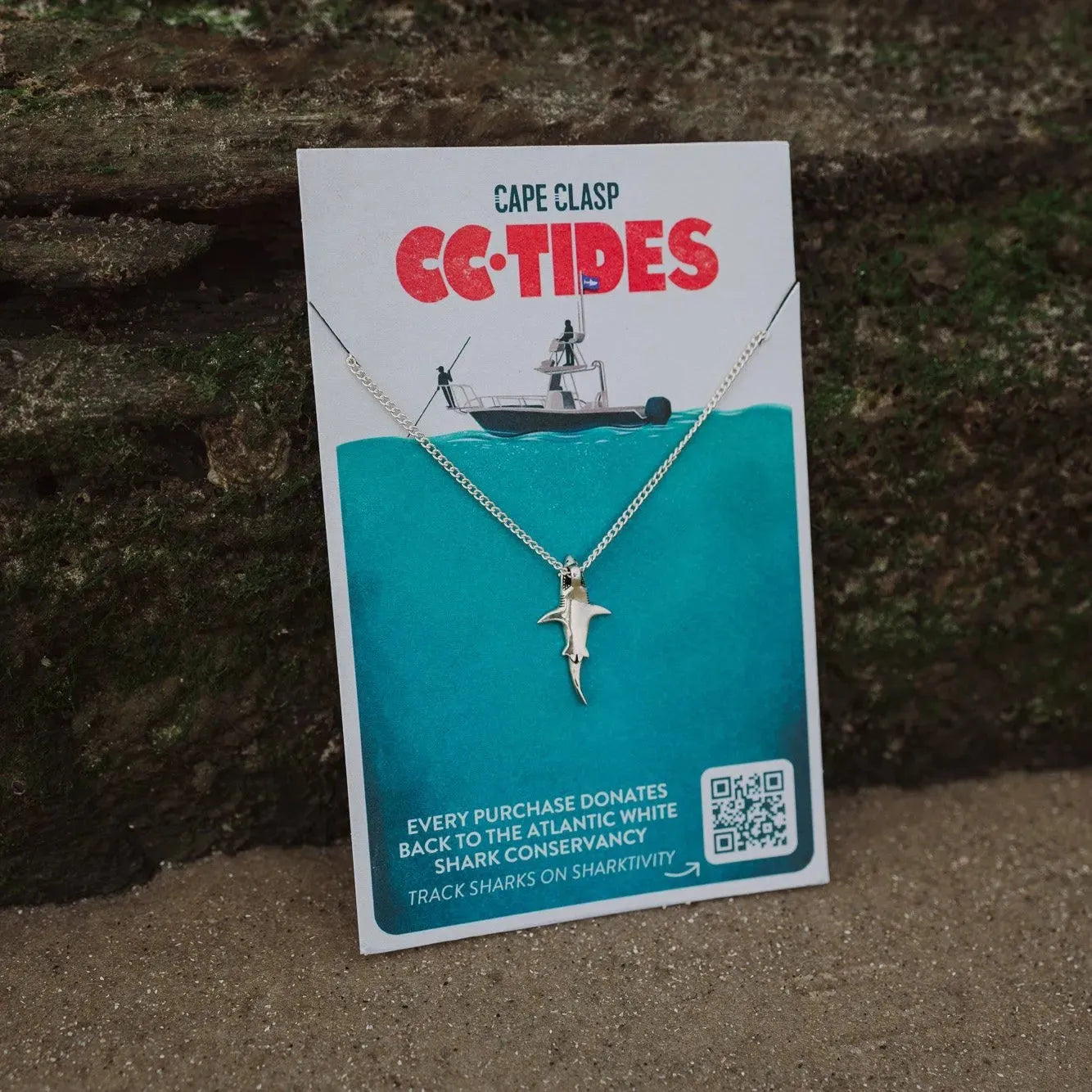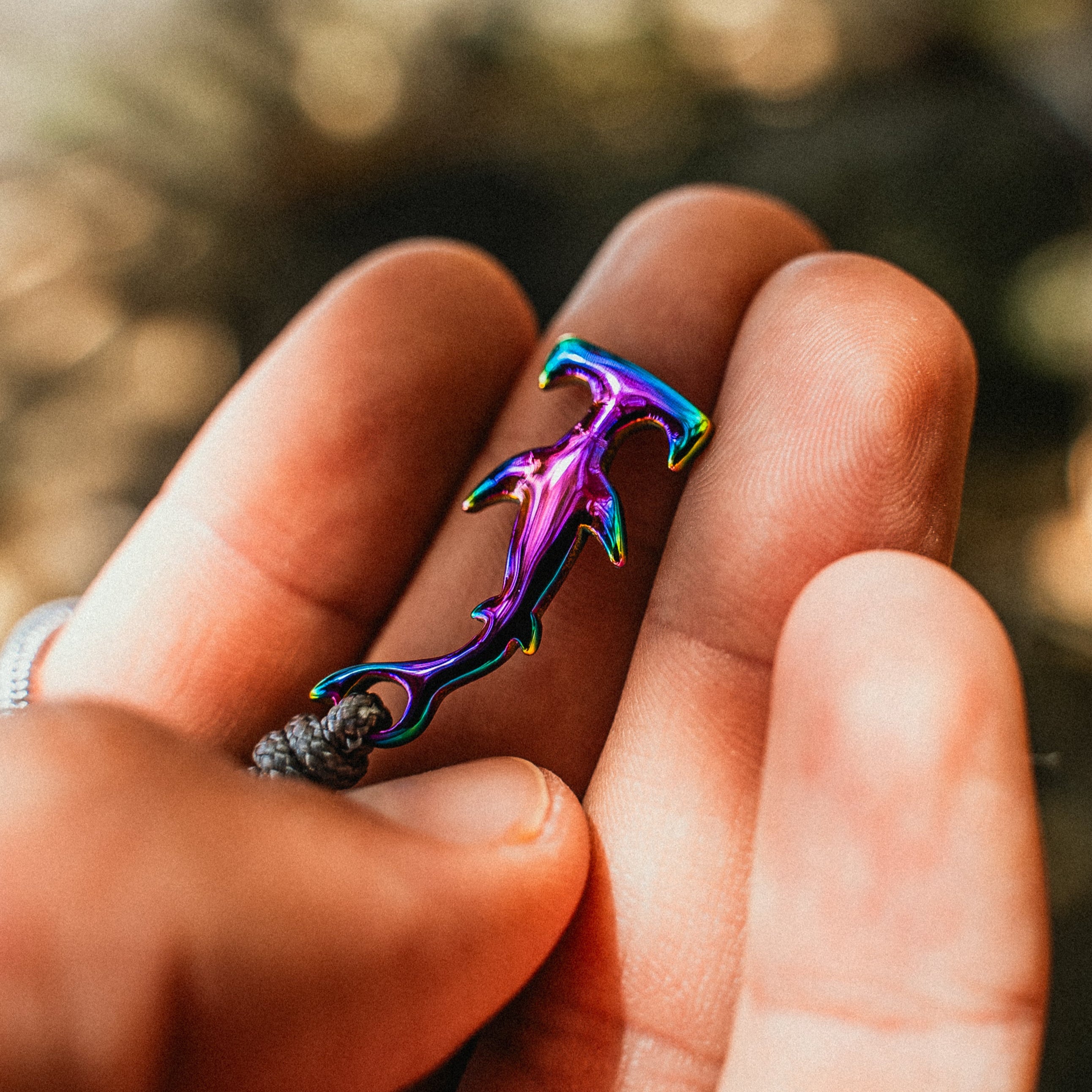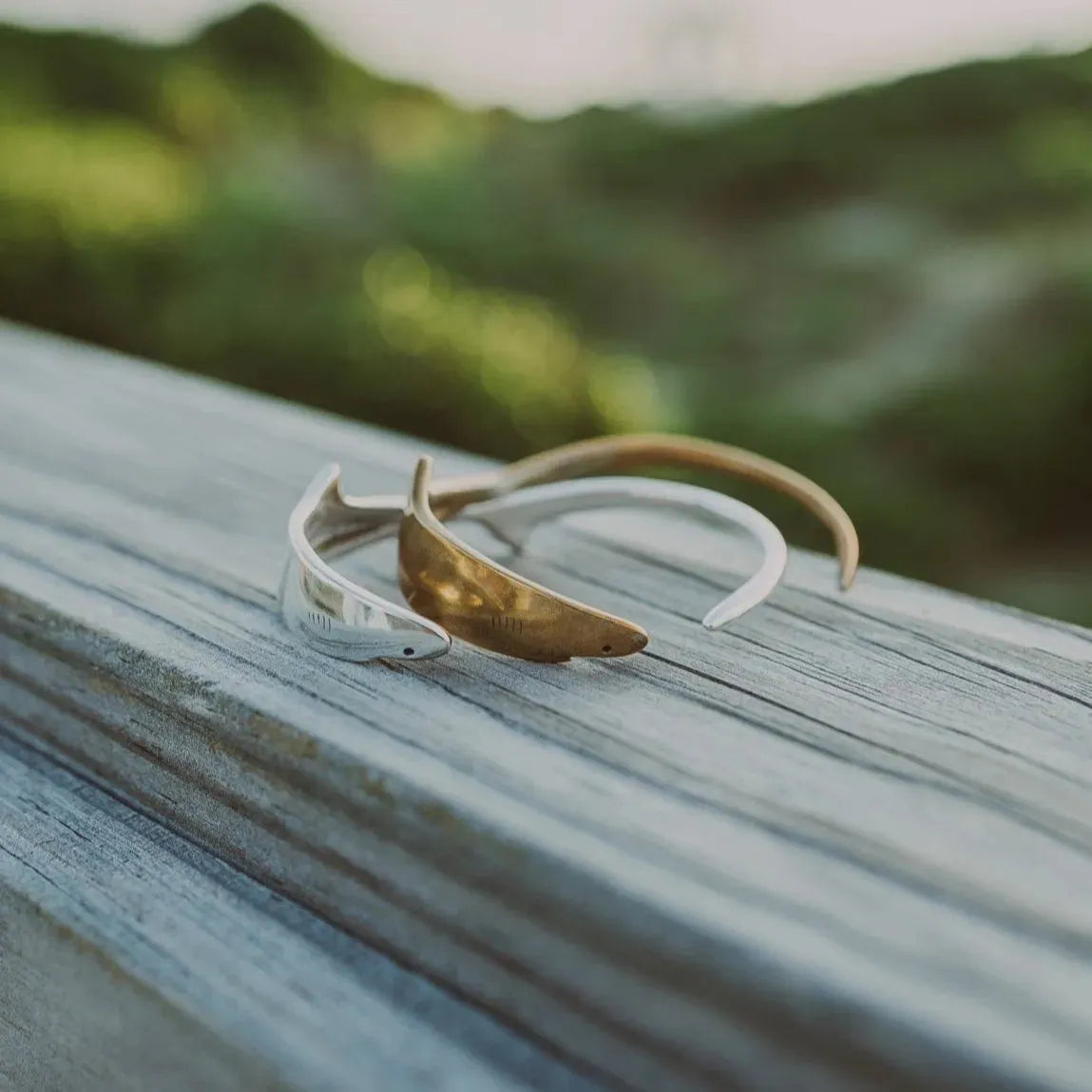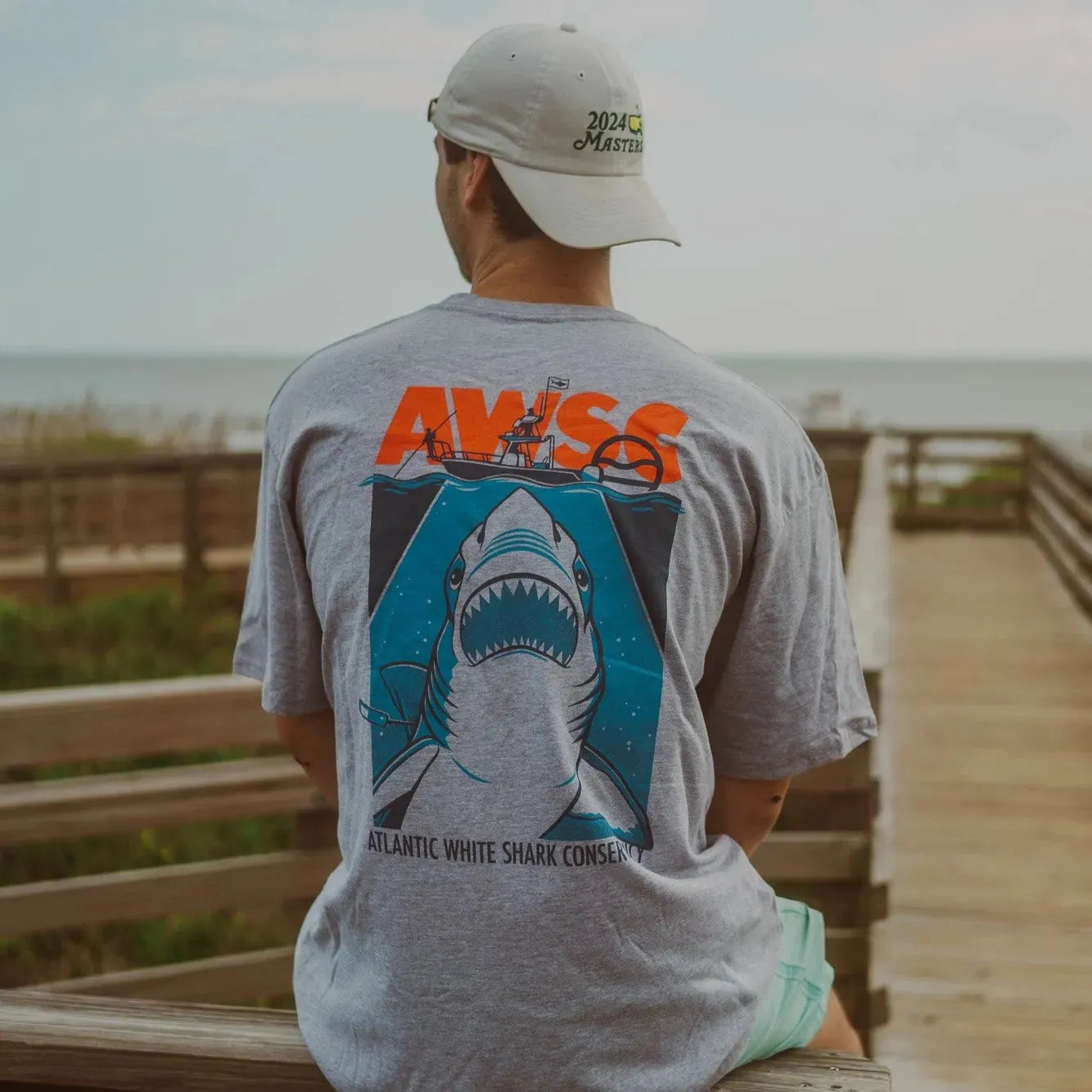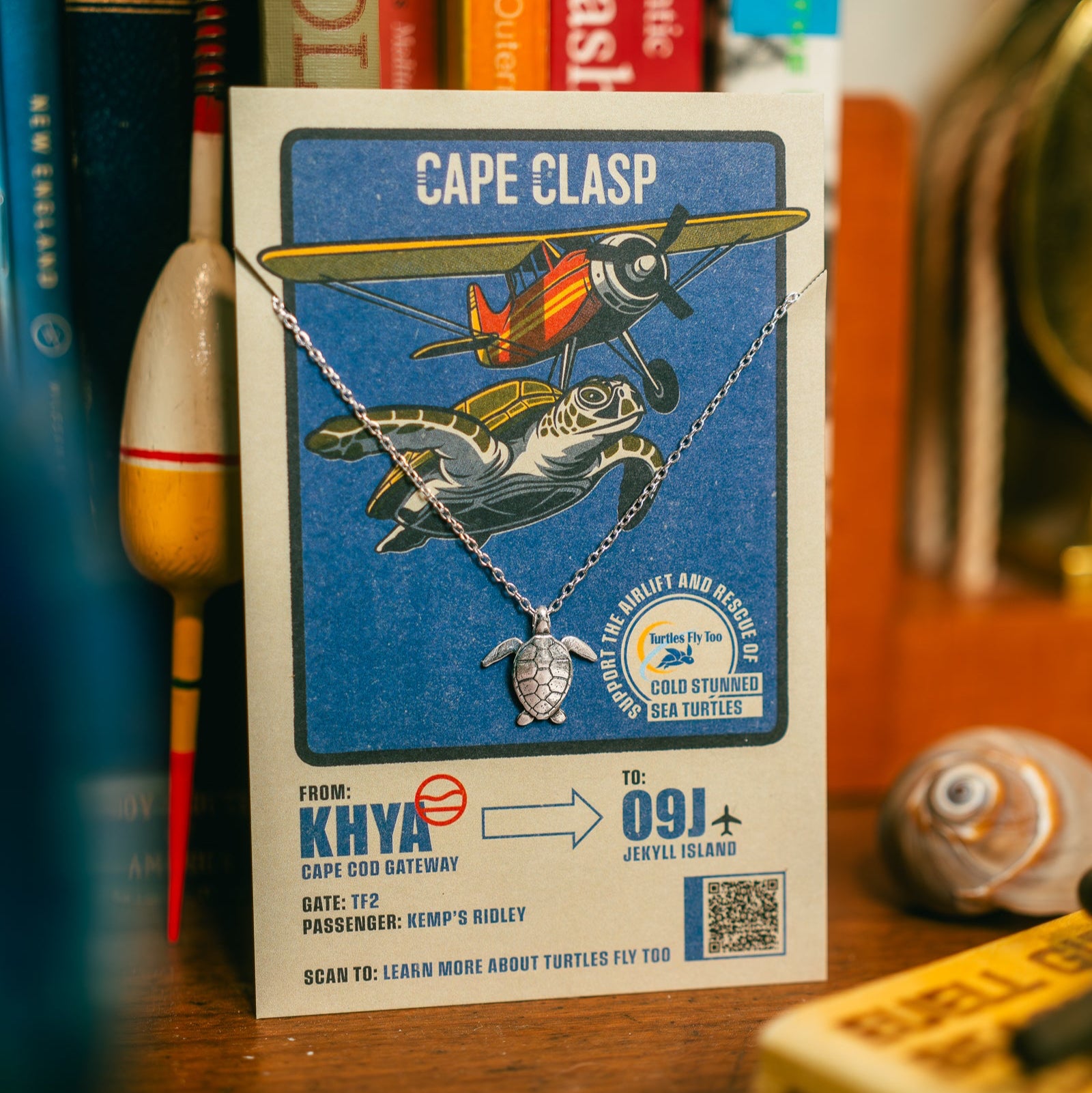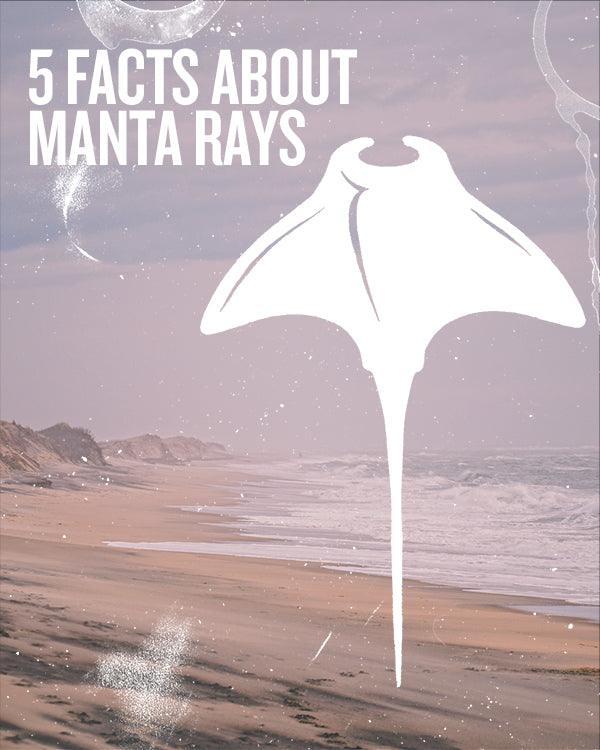
5 FACTS ABOUT MANTA RAYS
Here at Cape Clasp, we’re always working on new products to support marine life causes, helping to protect our ocean. Right now, we’re hard at work on a brand-new Manta Ray Clasp to support manta rays across the globe.
Learn more about these animals with these five facts:
Giant manta rays have a wingspan of more than 20 feet
There are two species of manta ray - the reef manta ray and the giant manta ray. The giant manta ray is the largest species of all rays, growing up to 23 feet across and weighing two tons. Despite their enormous size, they only feed on tiny plankton and deep ocean fish.
Manta rays are harmless to humans
Unlike stingrays, manta rays don't have barbs or stingers at the end of their tails, rendering them harmless to swimmers and divers. In fact, when they have been seen around divers, they seem to be more curious than anything else.
They have serious brainpower
Manta rays have the largest brains of any species of fish and it shows. These animals have scored high on intelligence tests and can recognize their own reflection, showing a heightened sense of self-awareness.
They're found all around the world
Manta rays are found in tropical, subtropical, and temperate oceans all across the globe, from Hawaii to Thailand to Rhode Island.
Manta rays are under threat
Humans have put manta rays under threat of extinction by hunting them for their gills and inefficient fishing practices. Their gills are mistakenly believed to boost immune systems and are sought after for use in Chinese medicine. Manta rays are also at risk of becoming bycatch when fishermen are targeting other species.
15% of profits from every Cape Clasp design are donated to our nonprofit partners to support their work.Check out all of our designs and help #makewaves for marine life.

